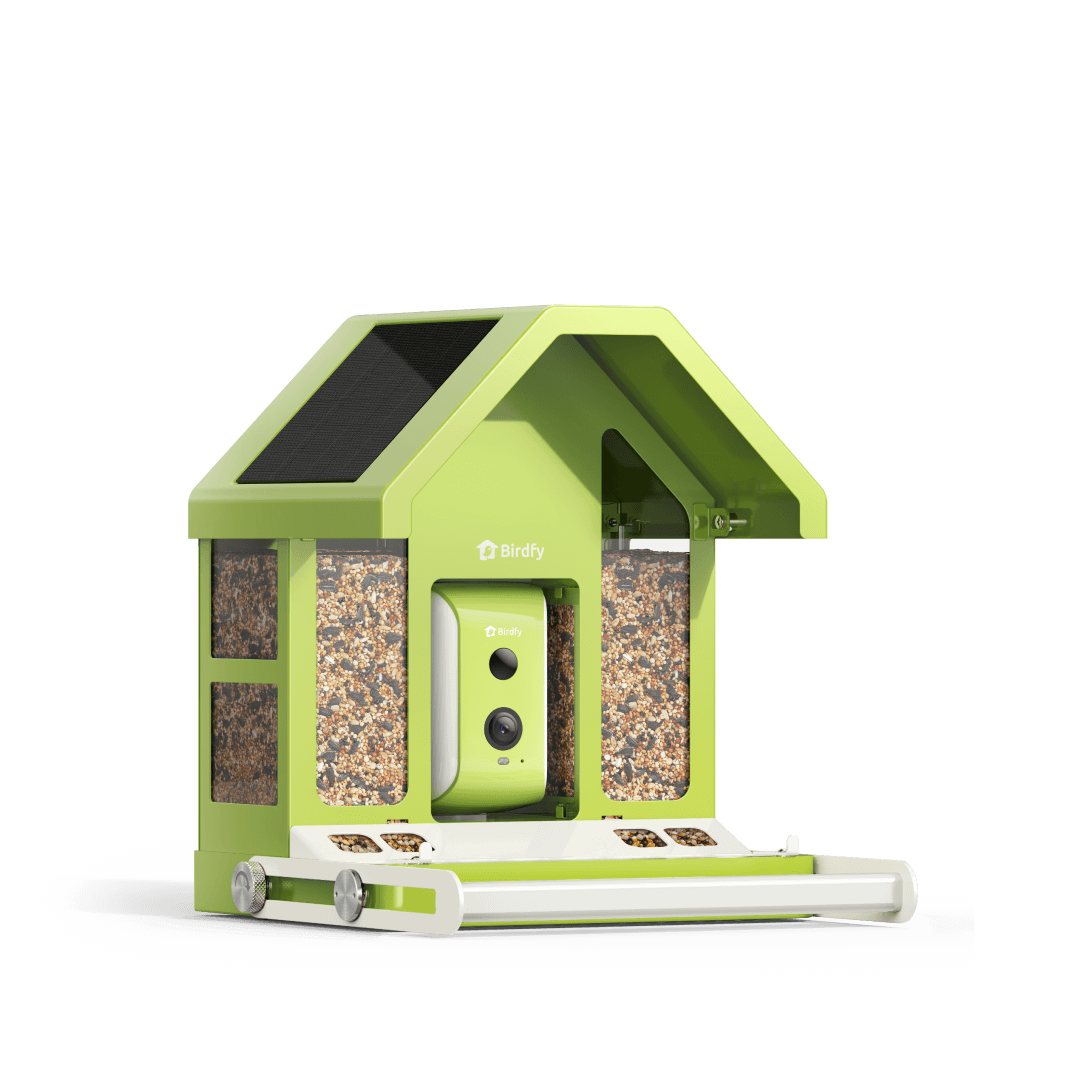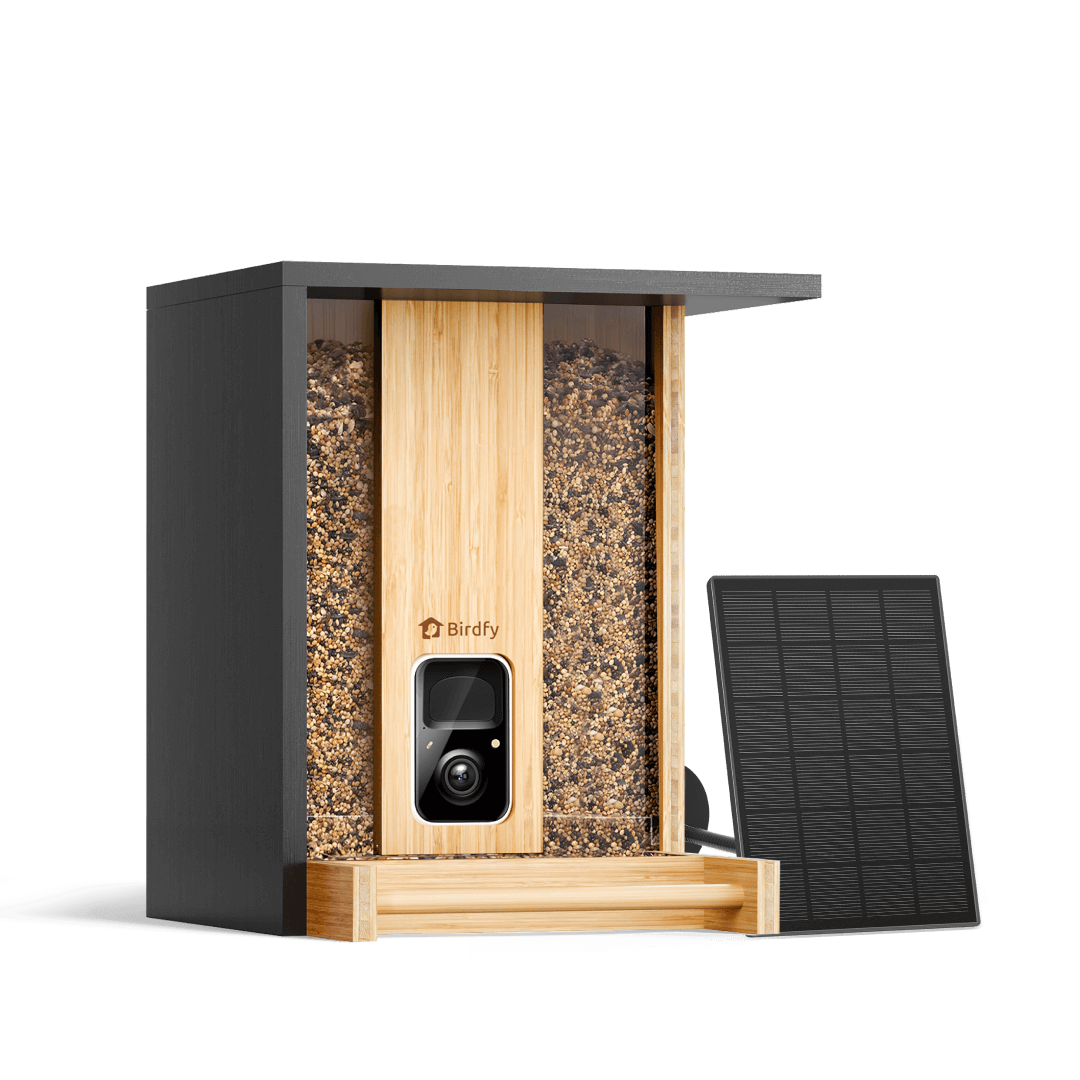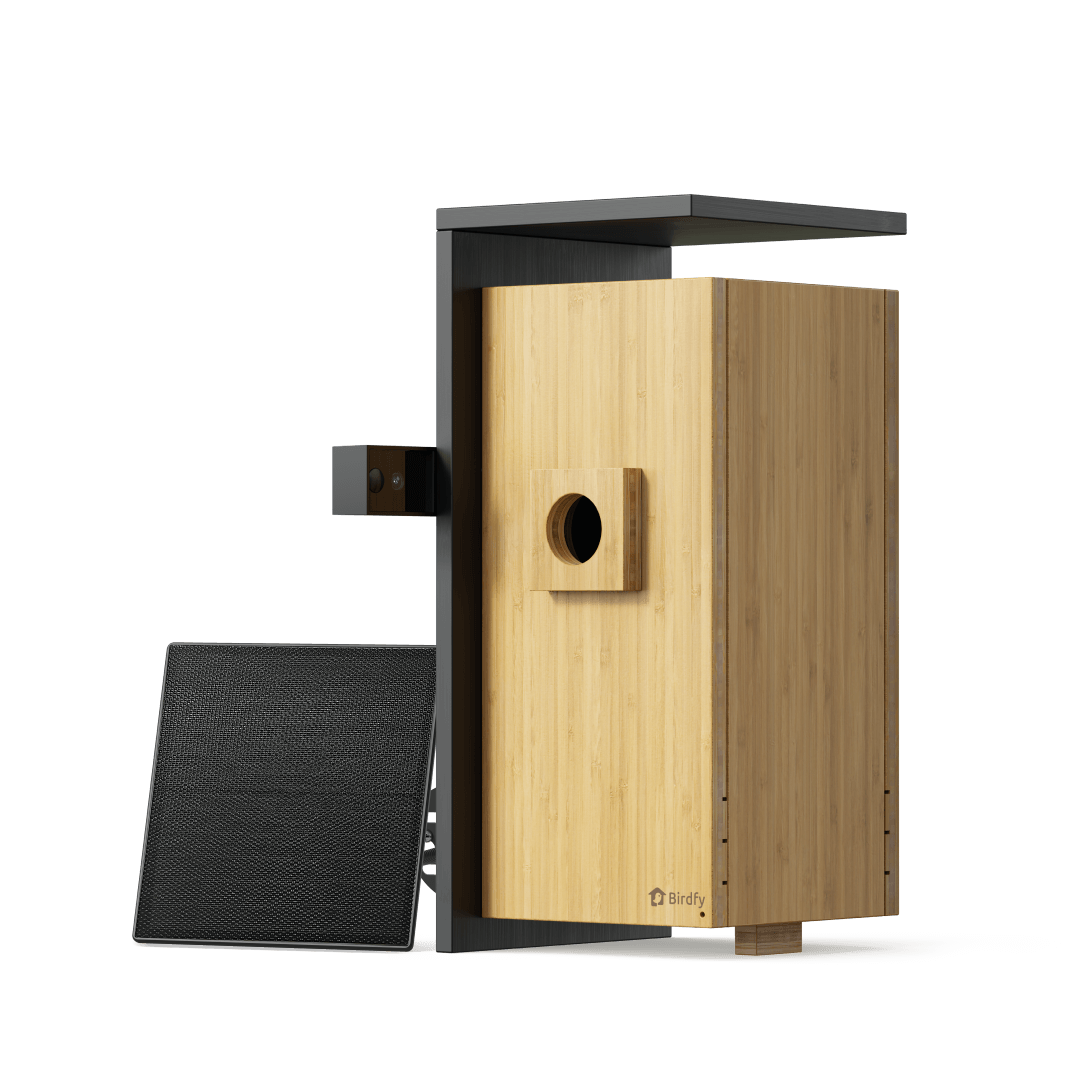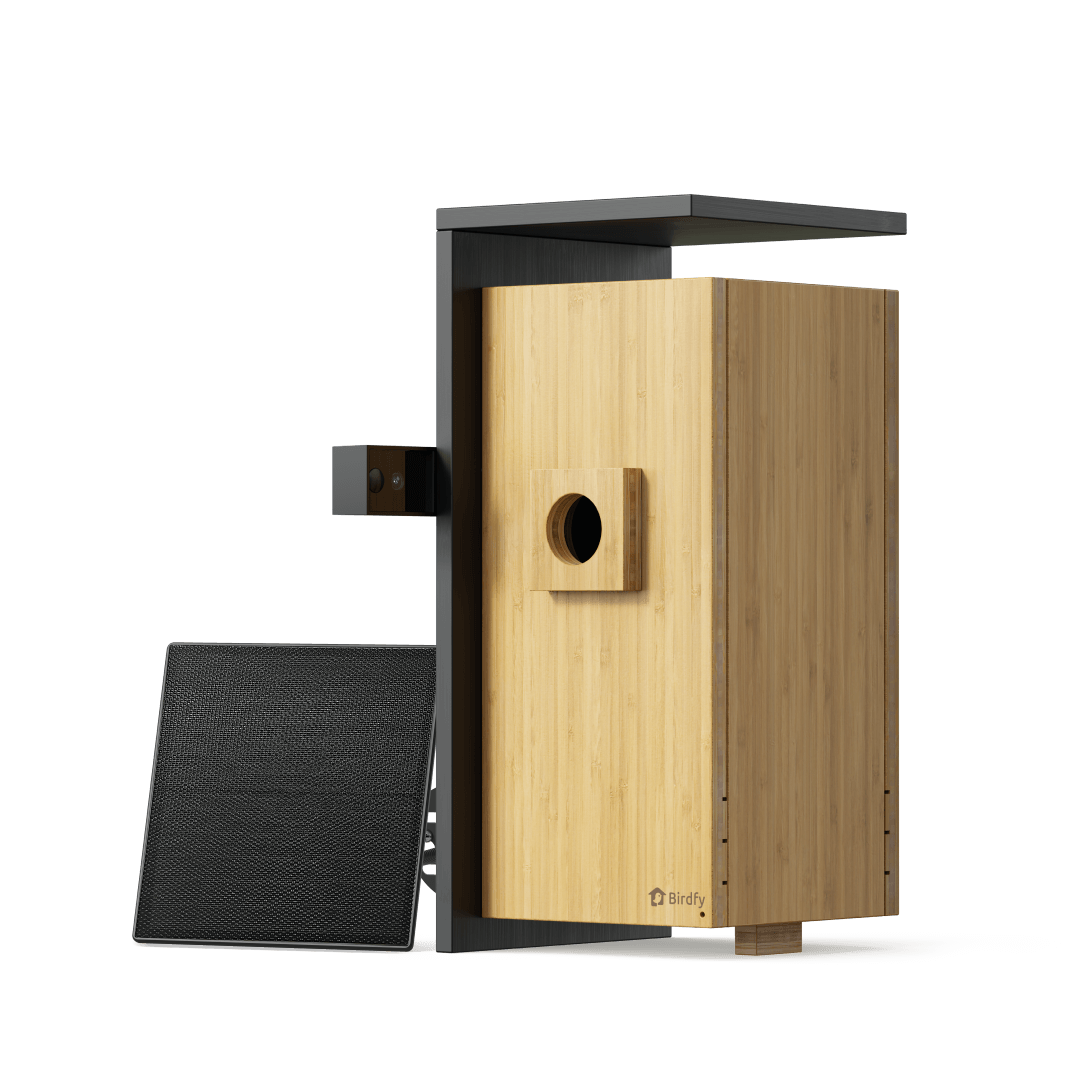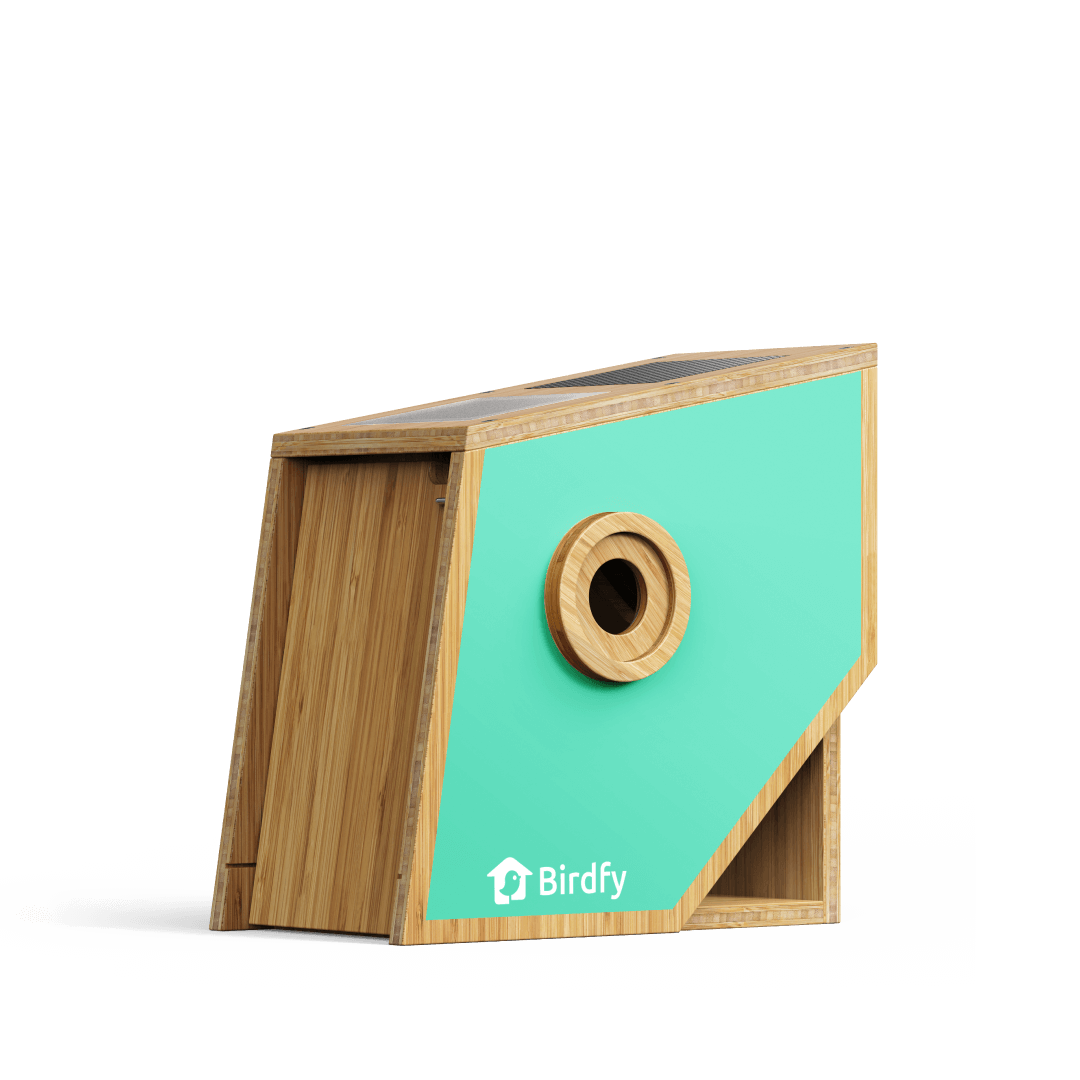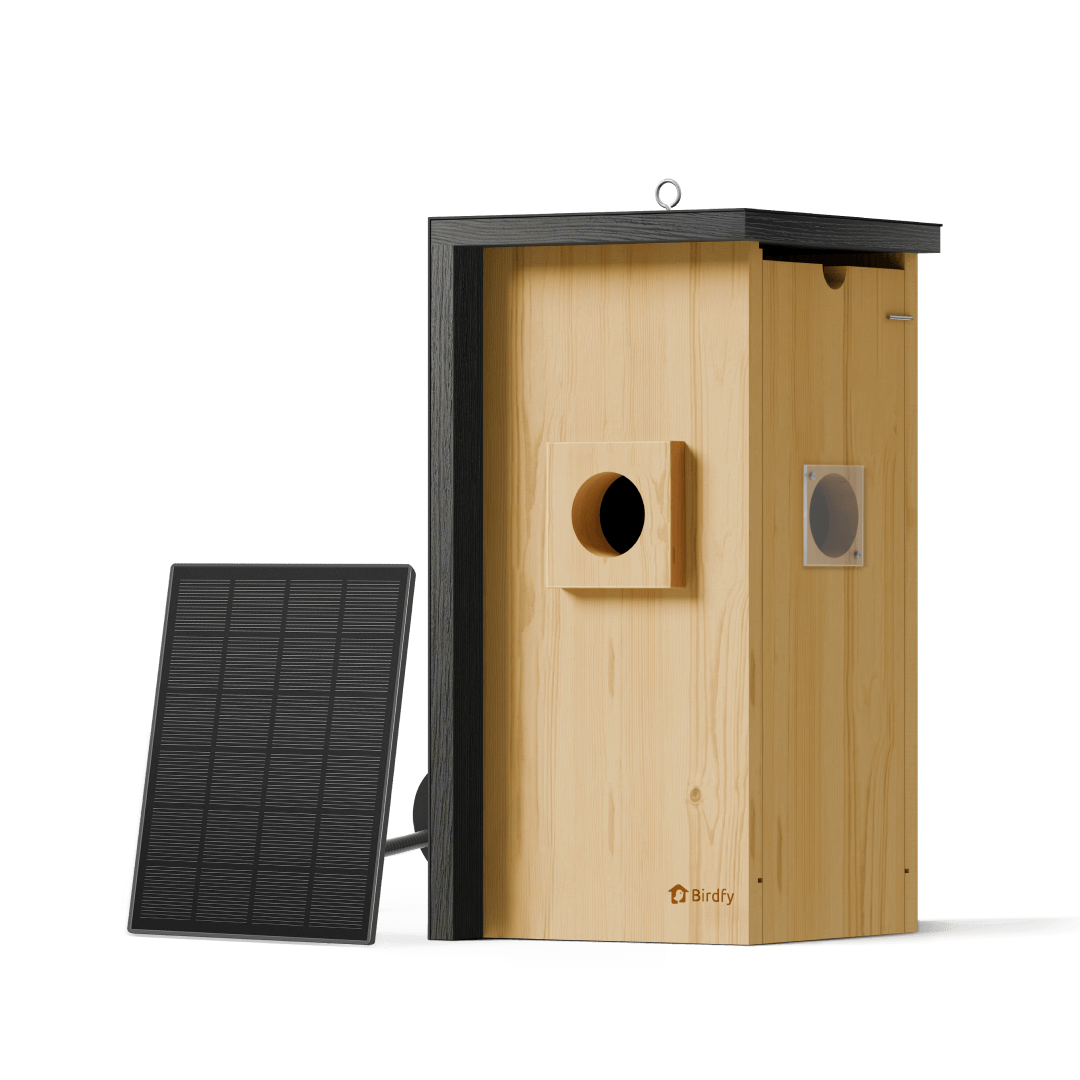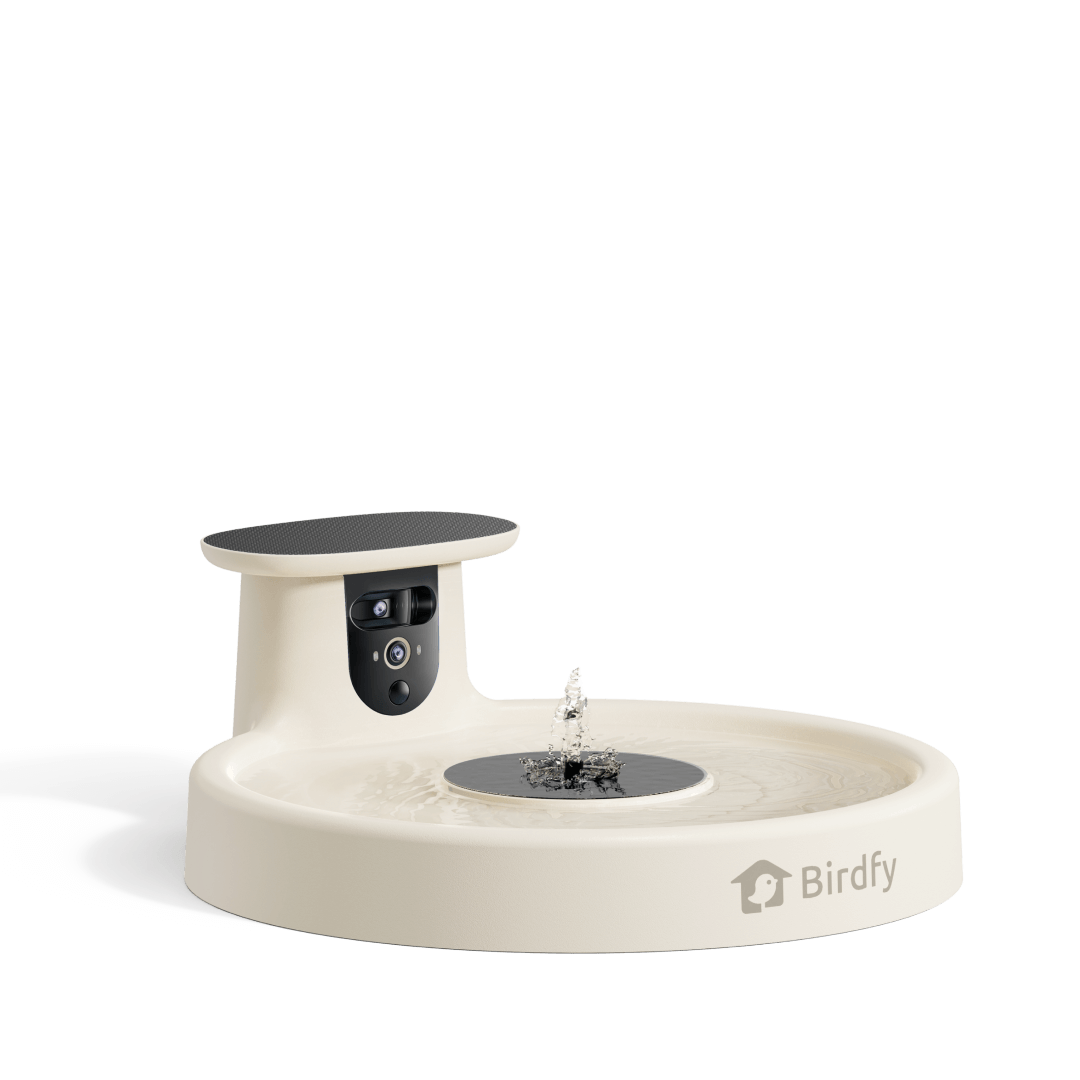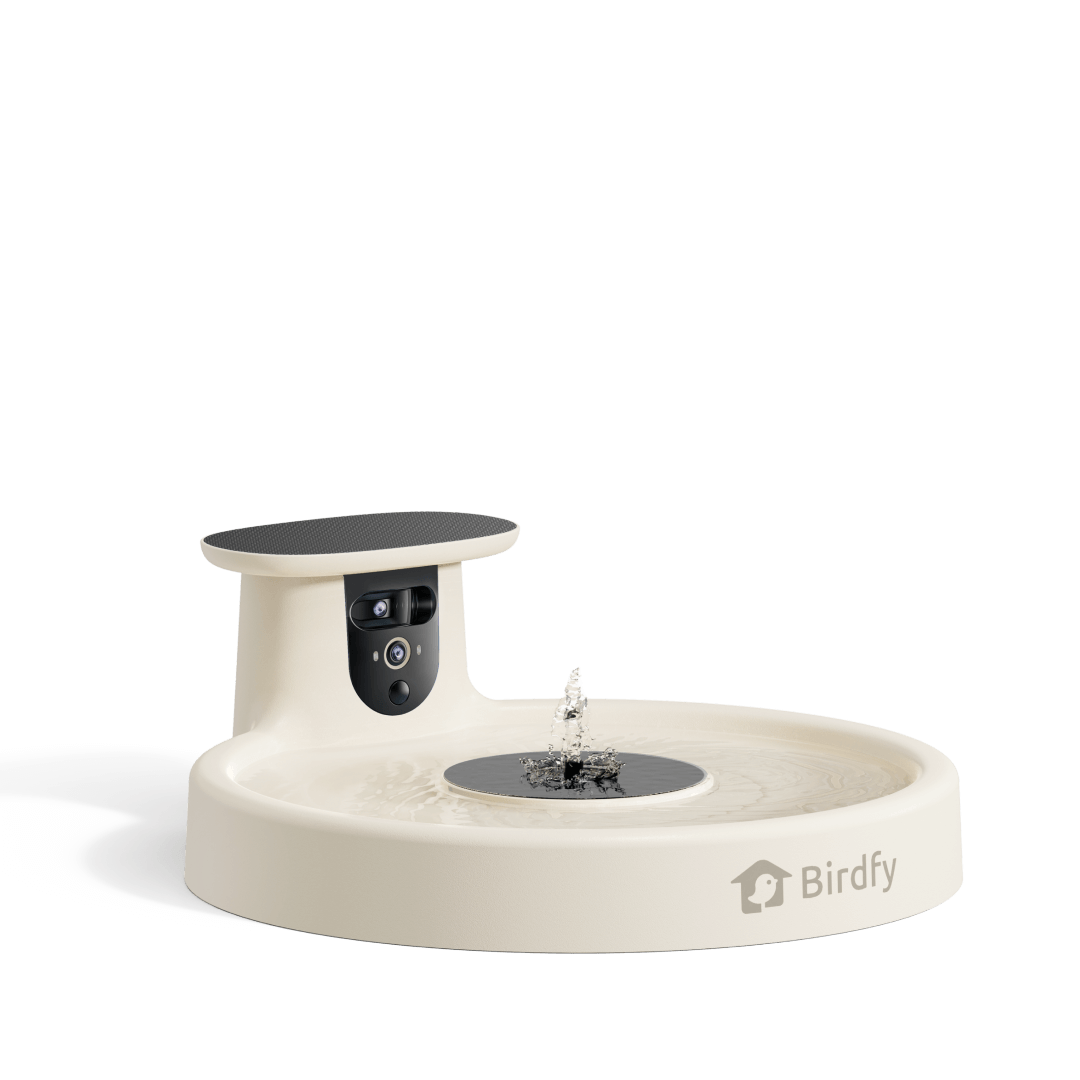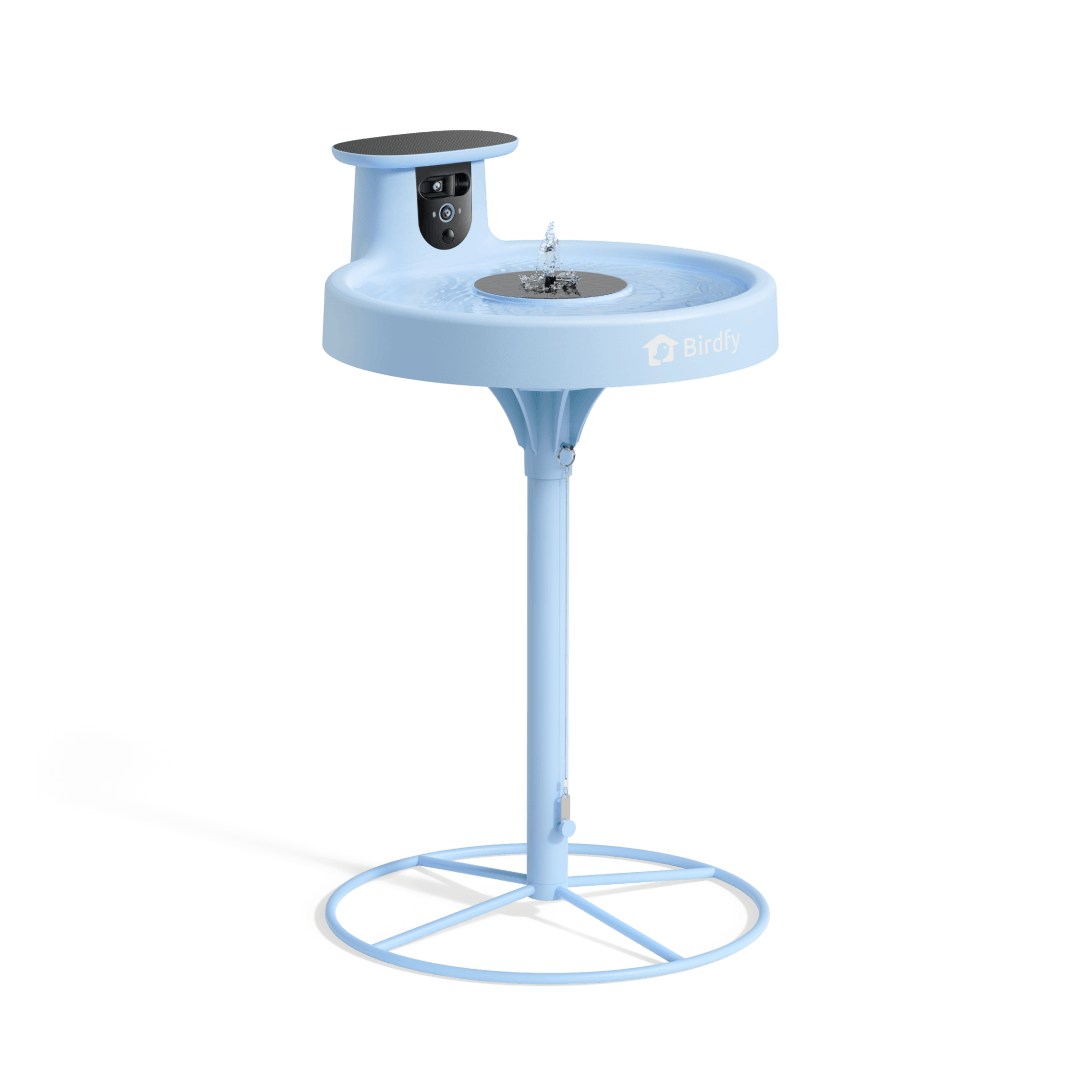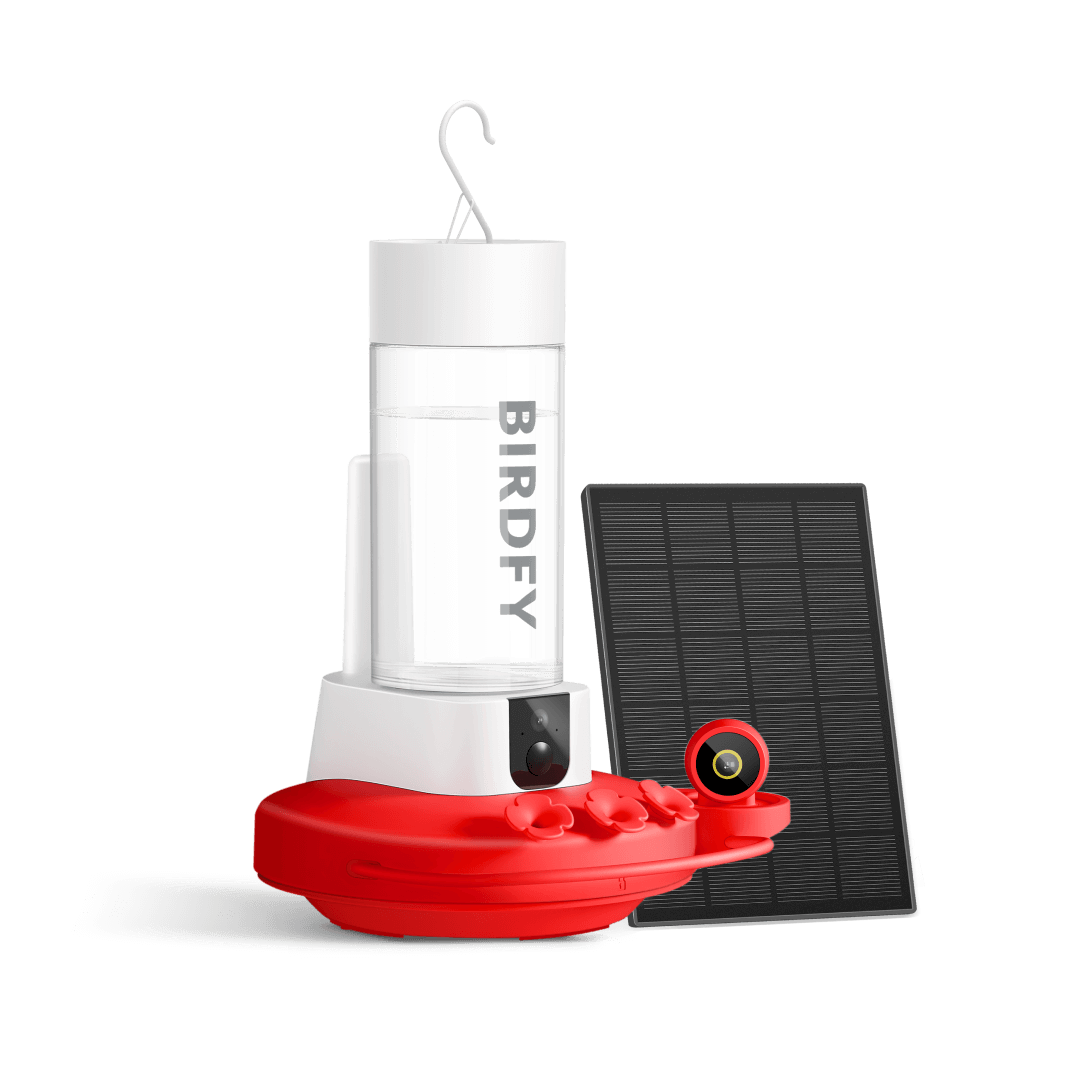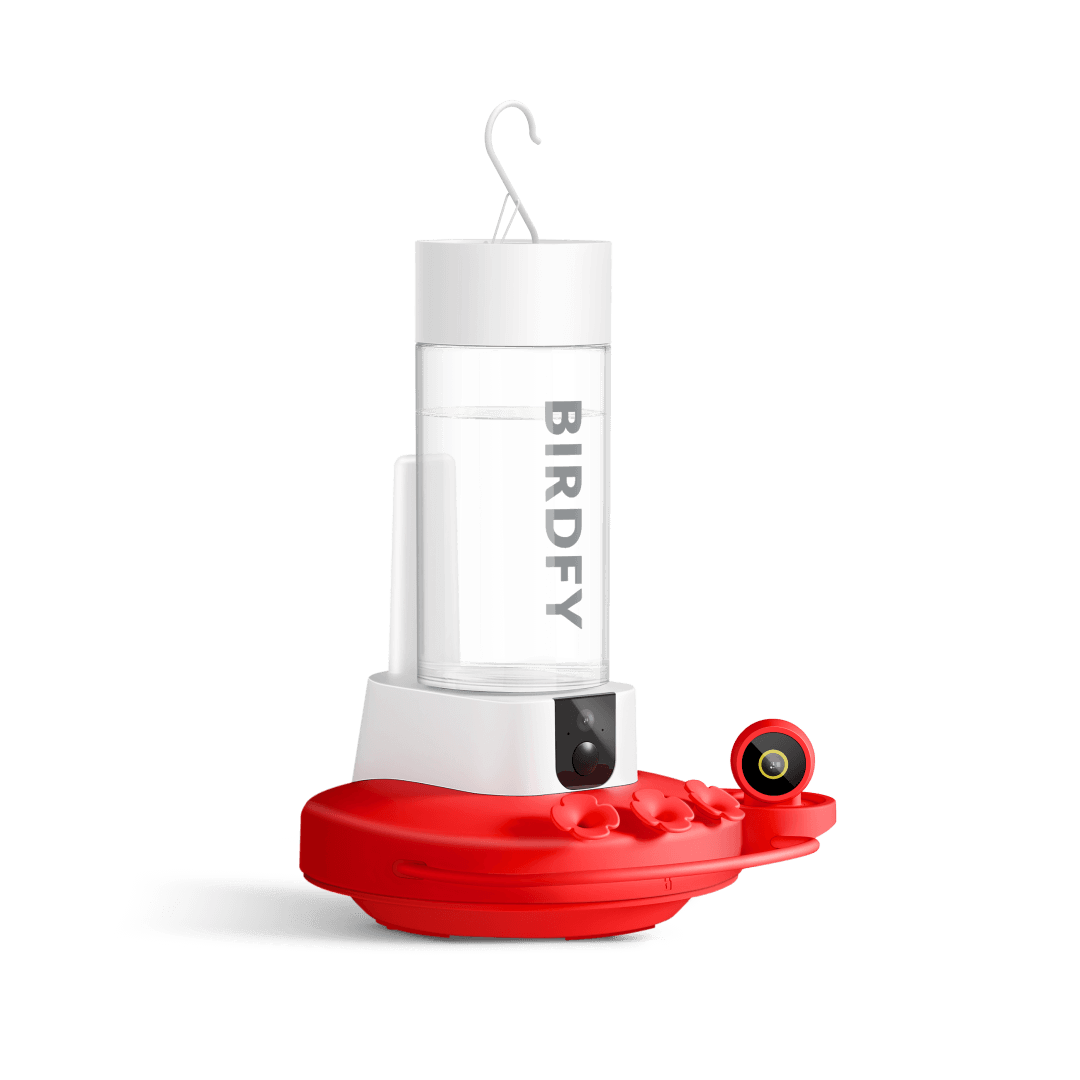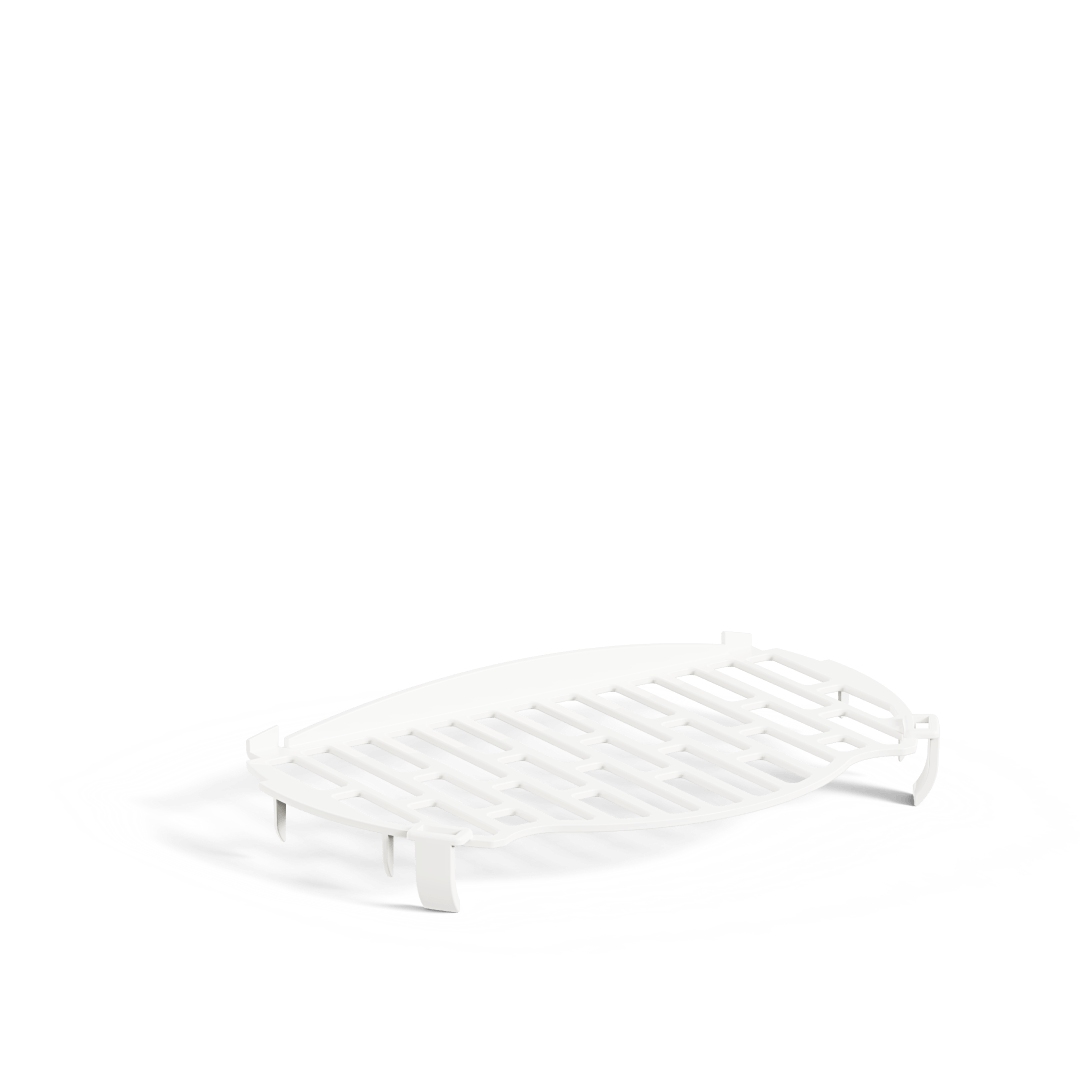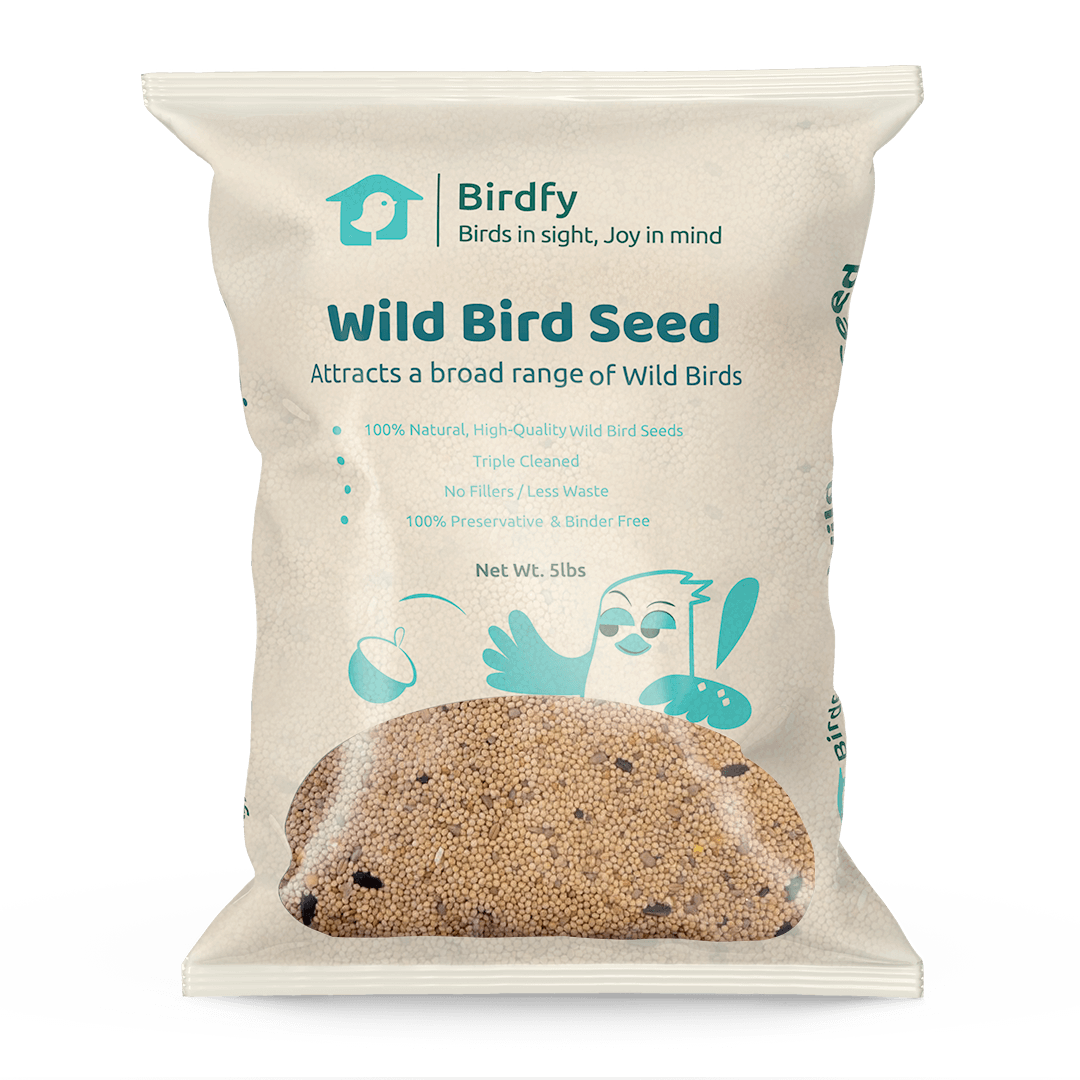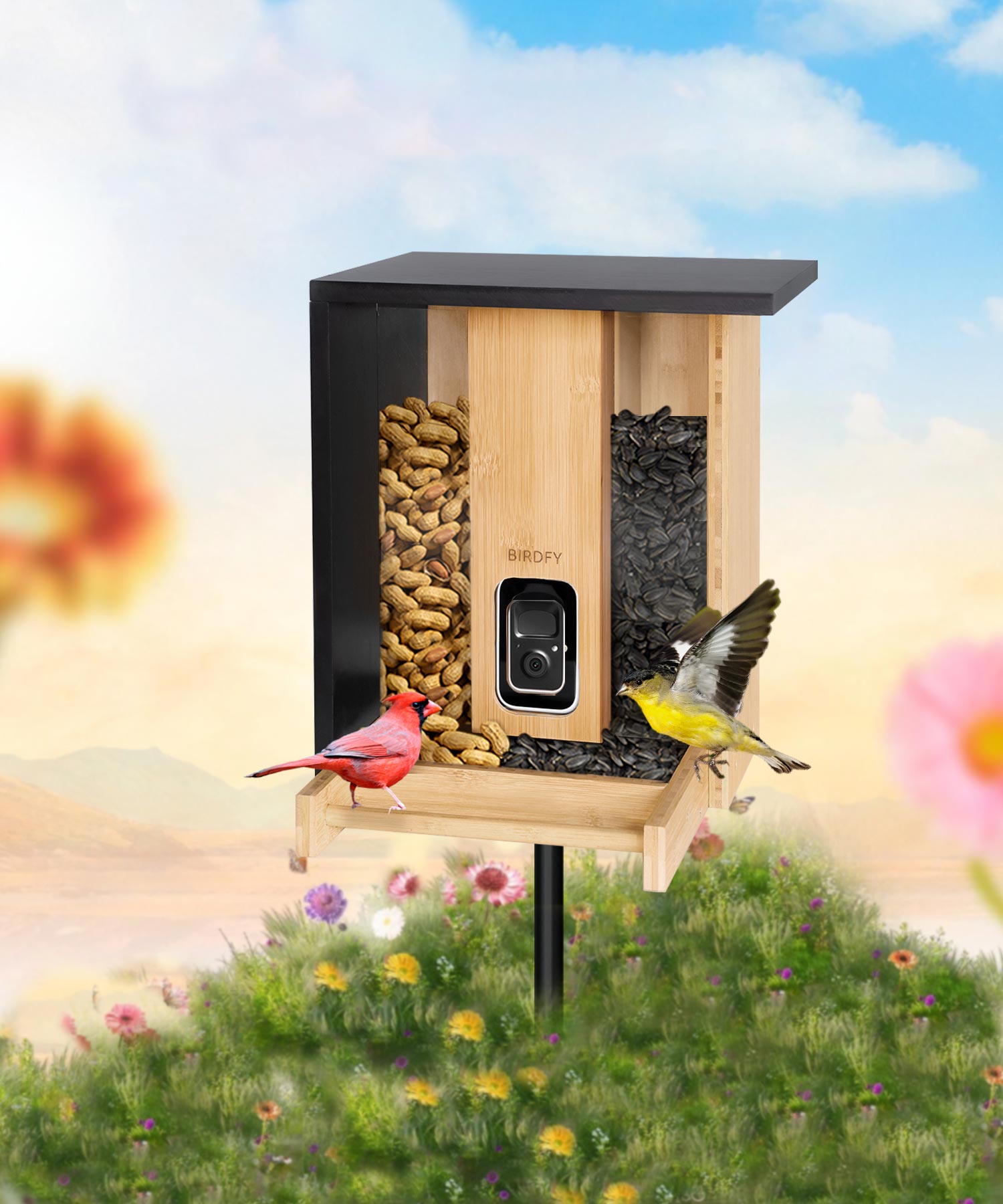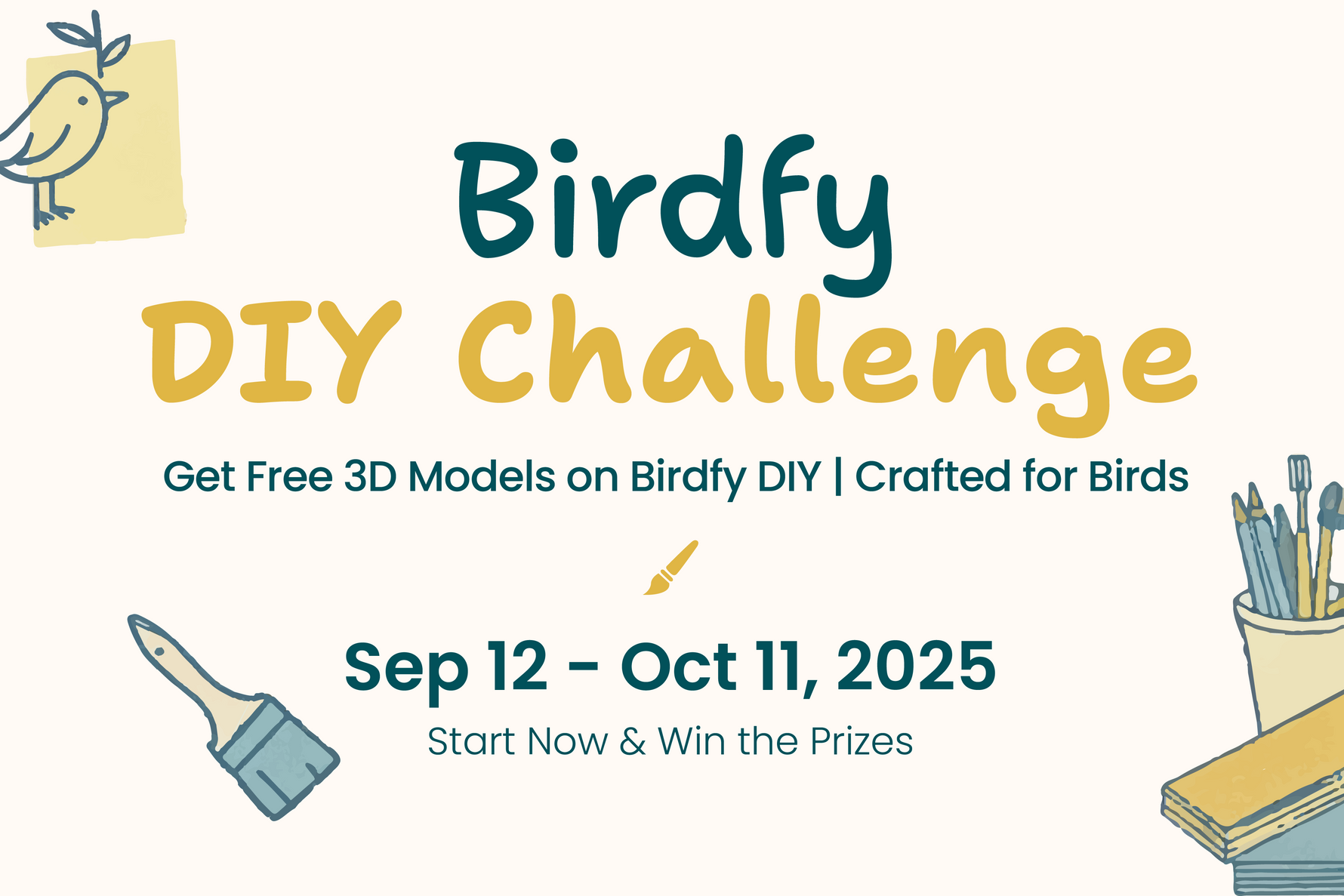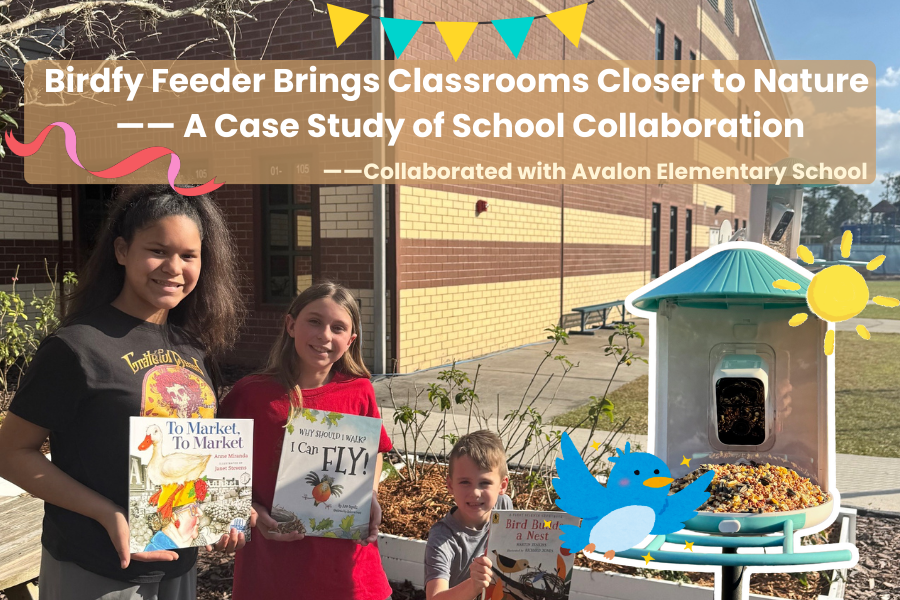The Evolution of Anna's Hummingbirds: A Study on Beak Adaptation in Response to Backyard Feeders
In recent years, the realm of ornithology has uncovered fascinating insights into how human activities can influence the evolution of wildlife. A noteworthy example of this phenomenon is the research published in Global Change Biology, which highlights the significant changes in the beak shape of Anna's hummingbirds (Calypte anna) over the past few decades. This blog post delves into the key findings of the study, the implications of these changes, and the broader significance of backyard bird feeders in shaping avian evolution.

The Rise of Backyard Feeders
Since the end of World War II, the popularity of backyard bird feeders has surged, providing a readily available food source for various bird species, particularly hummingbirds. These feeders have been designed to mimic the natural nectar sources that hummingbirds rely on, such as flowering plants. The introduction of these artificial feeding stations has led to an unprecedented increase in the availability of food for these tiny birds, influencing their behavior, ecology, and even their physical characteristics.
As more homeowners began to install feeders filled with sugar-water solutions, Anna's hummingbirds quickly adapted to this new resource. The convenience of these feeders allowed them to thrive in urban and suburban environments, where natural nectar sources may have been limited or seasonal.

Key Findings of the Study
The research conducted by scientists has revealed that the beaks of Anna's hummingbirds have undergone significant morphological changes over the last few decades. The study observed two primary adaptations in the beak structure of these birds:
1. Lengthening of the Beak
The beaks of Anna's hummingbirds have become longer and narrower. This adaptation is believed to enhance their ability to extract nectar from the artificial feeders, which often feature a tube-like design that favors longer beaks. The longer beak allows the bird to reach the nectar more efficiently, providing them with a competitive advantage in environments where feeders are prevalent.
2. Sharpening of the Beak
In addition to lengthening, the beaks of male Anna's hummingbirds have also become sharper. This change may be linked to increased competition among males for territory around the feeders. As more birds congregate at these feeding stations, males may engage in aggressive displays and fights to defend their feeding grounds. A sharper beak could provide an advantage in these territorial disputes, allowing males to assert dominance more effectively.

Implications of Beak Shape Changes
The changes observed in the beak morphology of Anna's hummingbirds have significant implications for their ecology and evolution. Firstly, the adaptation to longer and narrower beaks suggests a rapid evolutionary response to the availability of new food sources. This phenomenon exemplifies how artificial feeding can drive evolutionary changes in wildlife, as birds adapt to exploit the resources humans provide.
Effects on Feeding Behavior
The shift in beak shape may have also influenced the feeding behavior of Anna's hummingbirds. With their elongated beaks, these birds may become more specialized in feeding on nectar from feeders, potentially leading to a decline in their dependence on natural flower resources. This specialization could have long-term implications for their role in pollination, as they may visit fewer flowers in search of nectar.
Genetic and Evolutionary Considerations
The study raises intriguing questions about the genetic basis of these morphological changes. As hummingbirds adapt to new feeding strategies, the genetic variations that favor longer and sharper beaks may become more prevalent in the population. This process of natural selection could lead to further divergence in beak shape, ultimately influencing the overall genetic diversity of Anna's hummingbirds.
The Role of Human Influence in Evolution
The findings from this study underscore the significant impact humans can have on wildlife evolution. By providing supplemental food sources through backyard feeders, humans have inadvertently created an environment that fosters rapid evolutionary changes. This phenomenon is not limited to hummingbirds; many species have shown similar adaptive responses to human-induced changes in their environment.
While the availability of feeders has allowed Anna's hummingbirds to thrive in urban landscapes, it also presents challenges. Overreliance on artificial food sources could make these birds vulnerable if feeder availability declines or if they encounter changes in human behaviors, such as reduced interest in bird feeding. Additionally, the increased competition for resources may lead to negative consequences for other bird species that rely on similar habitats.

Conserving Hummingbirds and Their Habitats
To support the health and diversity of Anna's hummingbirds and other avian species, it is essential to consider conservation efforts that go beyond simply providing feeders. Here are some strategies to promote the well-being of these beautiful birds:
1. Native Plant Gardens
Planting native flowering plants that provide natural nectar sources can complement the use of feeders. These plants offer a sustainable food source for hummingbirds and other pollinators, supporting biodiversity in the ecosystem.
2. Habitat Preservation
Protecting and restoring natural habitats is crucial for maintaining healthy populations of hummingbirds and other wildlife. Conservation efforts should focus onpreserving native ecosystems, which provide the necessary resources and nesting sites for Anna's hummingbirds and other avian species.
3. Educating the Public
Raising awareness about the importance of biodiversity and the role of native plants in supporting wildlife can encourage more people to engage in conservation efforts. Educational campaigns can teach homeowners about the benefits of creating wildlife-friendly gardens and the ecological significance of native plant species.
4. Responsible Feeding Practices
While backyard feeders can be beneficial, they should be used responsibly. Regular cleaning of feeders is essential to prevent the spread of diseases among birds. Additionally, using homemade sugar solutions rather than commercial store-bought nectar which has chemical additives, preservatives, and dyes, can help ensure the health of visiting hummingbirds.
5. Monitoring and Research
Continued research and monitoring of Anna's hummingbirds and other species are vital for understanding the long-term effects of human influence on their evolution and ecology. Citizen science initiatives can engage the public in data collection, helping scientists track changes in bird populations and behaviors over time.
Conclusion
The study of Anna's hummingbirds and their evolving beak shapes offers a captivating glimpse into the interplay between human activities and wildlife evolution. As these birds adapt to the availability of backyard feeders, they exemplify the profound impact that artificial food sources can have on ecological dynamics and evolutionary processes.
While the changes in beak morphology present an interesting case of rapid evolution, they also highlight the need for a balanced approach to wildlife conservation. By fostering natural habitats, promoting biodiversity, and encouraging responsible feeding practices, we can create a supportive environment for Anna's hummingbirds and other species, ensuring their survival in an increasingly urbanized world.
In a broader sense, this research serves as a reminder of our responsibility as stewards of the environment. The choices we make in our backyards and communities can resonate far beyond our immediate surroundings, influencing the lives of countless species. As we continue to learn from studies like this, we can better appreciate the delicate balance of nature and our role in maintaining it for future generations.
This article relates to:Alexandre, N. M., et al. (2024). Supplemental Feeding as a Driver of Population Expansion and Morphological Change in Anna's Hummingbirds. Global Change Biology. DOI: 10.1111/gcb.70199





